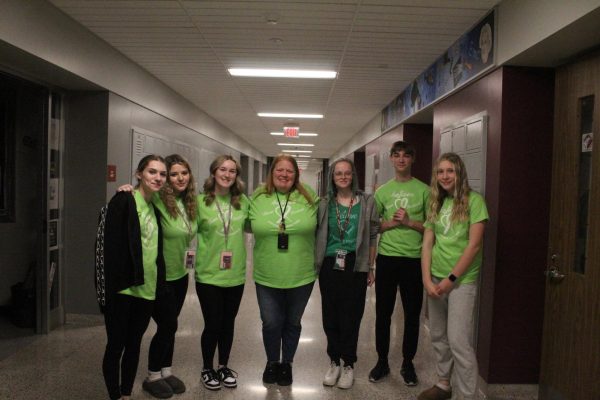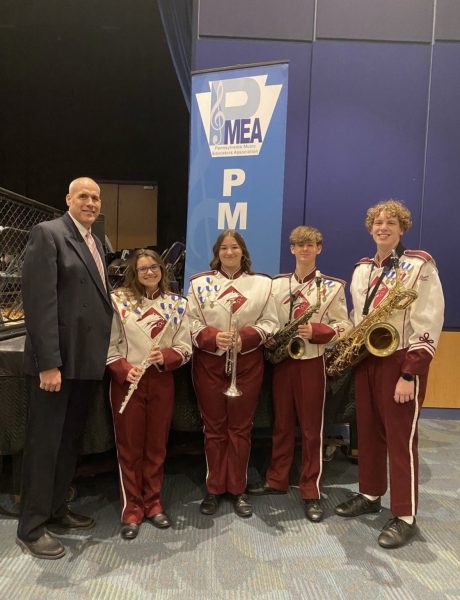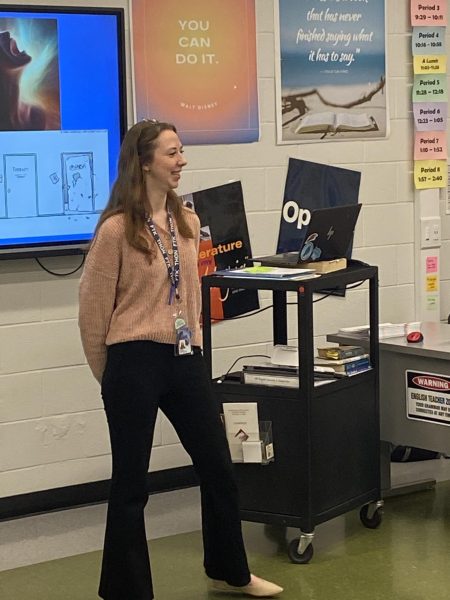PJAS members compete at States
Winners. Students who participated in the PJAS competition pose for a picture. Students stayed the night at Penn State on May 14.
On May 14-16, members of Pennsylvania Junior Academy of Sciences (PJAS) spent the night at the Penn State dorms for a competition.
“All students who competed at the regional meet in February and earned a first [place] award were eligible to present their research at states. Multiple students can earn a first [place] award,” physics teacher David Borst said.
The competition took place over the span of three days. While students weren’t competing, they were involved with other activities.
“We ate our meals in the dining hall, complete with PSU Creamery ice cream and stayed in the dorms. During downtime, they played board games with Ms. Kutruff and explored the PSU campus. We also got a very interesting tour of the Millenium Science Complex which is home to all kinds of sophisticated labs,” Borst said.
Borst received the results and attended the awards ceremony the same day of the competition on the same day.
“We won three first place awards and three second place awards,” Borst said.
The students who went to compete were juniors Jacob Cegler, Laney Yost, Connor Matosziuk and Crow Young, sophomores Josh Lang and Andrea Slusser and freshman Melissa Krainer.
“I felt very relaxed during the competition, but there were some technology issues and that required us to put our phones to the monitor and to project off of them. That made me a little nervous because that’s a little out of my comfort zone. But I did try to calm myself down beforehand, and I was relaxed,” Cegler said.
“It felt good presenting my project and being able to share all of my research and experiments with a group of people who are always interested in the same field,” Yost said.
Students had 10 minutes to present their research demonstrating how they followed the scientific method and what results they obtained.
“I competed in tenth grade physics. I presented the pressurization of the cello bow affecting volume on each instrument,” Slusser said.
“I competed in the ecology category, and I presented my experiment which compared the effectiveness of different composts,” Young said.
The students choose their own categories based on their likes and interests.
“I chose to present physics because I’m in physics class right now, and it is the science I enjoy the most so far with my education,” Matosziuk said.
“I presented in mathematics. I choose to present in that category because I really like math, and it’s been an interest of mine for a really long time. I find it really cool how you can find math in so many things and in nature. And math also plays a big role in the world,“ Krainer said.
In order to qualify for states at Penn State, the members had to score first place in the regional competition on Feb. 18 at St. Francis.
“At the regional competition we went to Saint Francis University and presented. I did well at that competition, and managed to get a first award for my presentation at the regionals. But in the states [competition], I had a huge hiccup with the presentation format which seriously messed me up,” Lang said.
“My students did well in the competition. Judging is usually pretty stringent at States, but my students worked hard on their presentations,” Borst said.
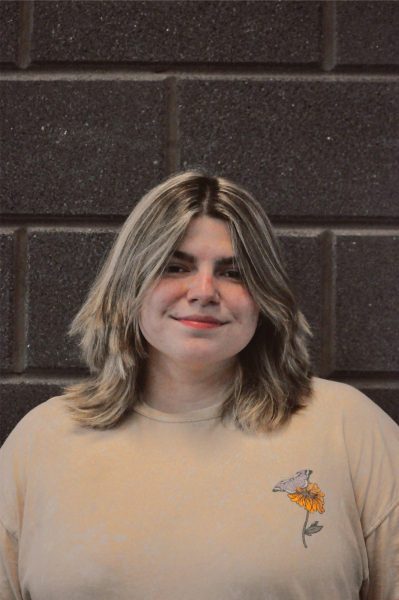
Hi. My name is Abigail Rudy. I am a junior. This is my second year writing for Mountain Echo. I enjoy reading and walking my dogs. I have four dogs and...



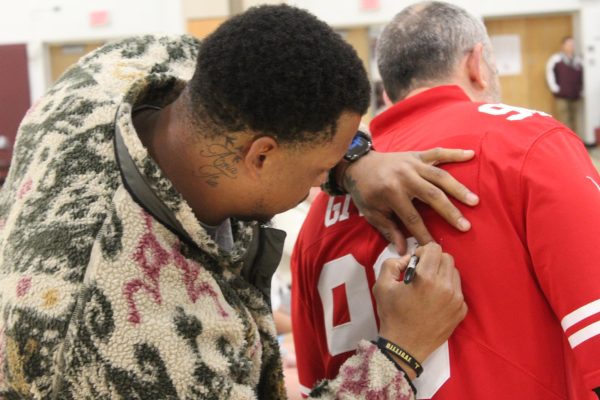
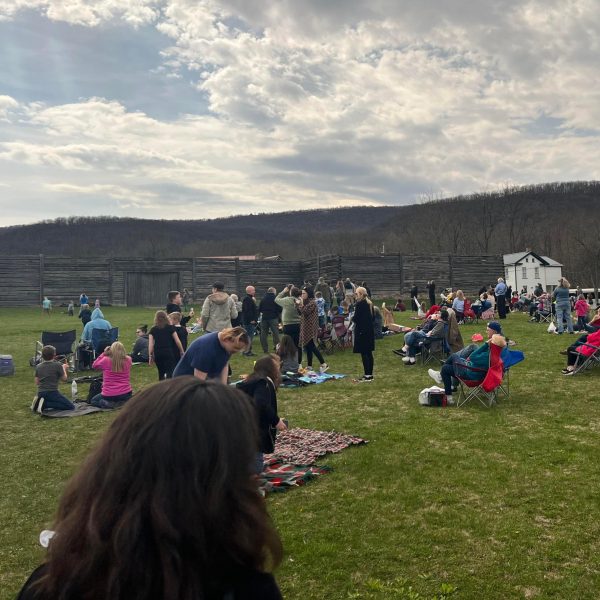
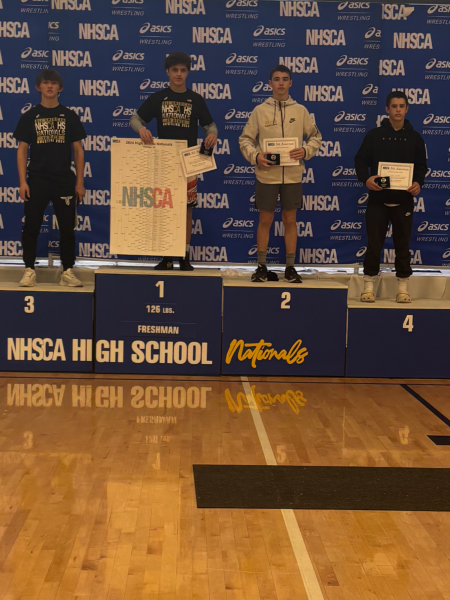
![Dedicated. Teachers who live far away commute for at least an hour to work each day. [Made with Canva]](https://aahsmountainecho.com/wp-content/uploads/2024/04/teacher-commute-picture-424x600.png)

